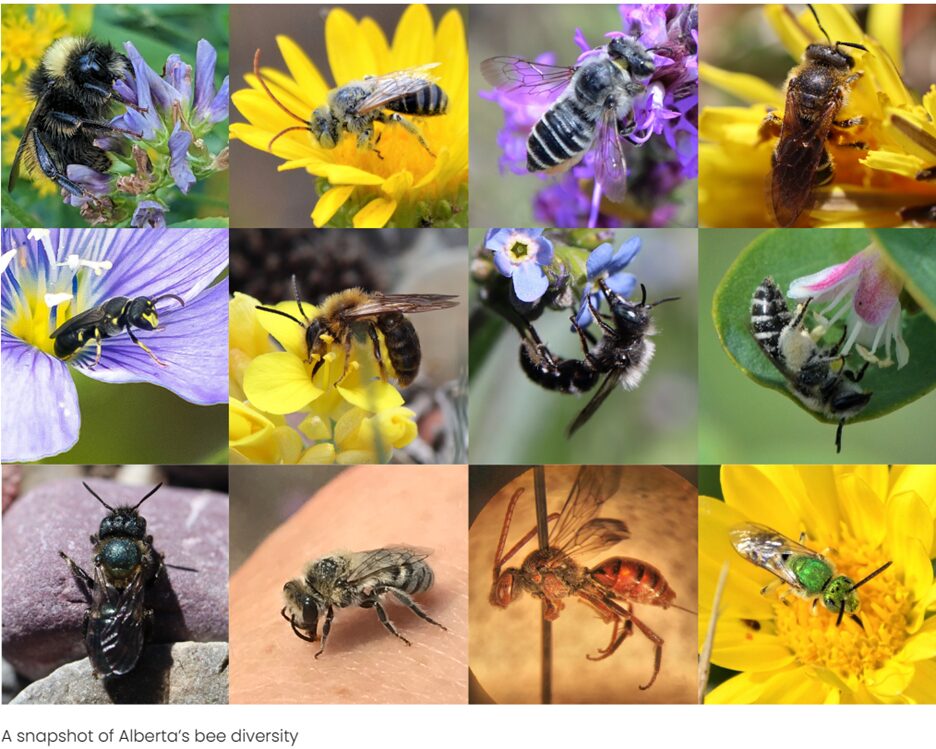[et_pb_section fb_built=”1″ _builder_version=”4.16″ custom_margin=”0px||0px||false|false” custom_padding=”0px||0px||false|false” global_colors_info=”{}” theme_builder_area=”post_content”][et_pb_row column_structure=”3_4,1_4″ use_custom_gutter=”on” _builder_version=”4.16″ _module_preset=”default” width=”100%” custom_margin=”0px||||false|false” custom_padding=”0px||0px||false|false” border_width_bottom=”1px” border_color_bottom=”#a6c942″ global_colors_info=”{}” theme_builder_area=”post_content”][et_pb_column type=”3_4″ _builder_version=”4.16″ _module_preset=”default” global_colors_info=”{}” theme_builder_area=”post_content”][et_pb_post_title meta=”off” featured_image=”off” _builder_version=”4.16″ _module_preset=”default” title_font=”||||||||” custom_margin=”||3px|||” border_color_bottom=”#a6c942″ global_colors_info=”{}” theme_builder_area=”post_content”][/et_pb_post_title][/et_pb_column][et_pb_column type=”1_4″ _builder_version=”4.16″ _module_preset=”default” global_colors_info=”{}” theme_builder_area=”post_content”][et_pb_image src=”https://edmontonsocialplanning.ca/wp-content/uploads/2020/12/COLOUR-BLOCKS_spaced-300×51.png” title_text=”COLOUR BLOCKS_spaced” align=”center” _builder_version=”4.7.7″ _module_preset=”default” max_width=”100%” max_height=”75px” custom_margin=”0px|0px|0px|0px|false|false” custom_padding=”10px|0px|20px|0px|false|false” global_module=”96648″ global_colors_info=”{}” theme_builder_area=”post_content”][/et_pb_image][/et_pb_column][/et_pb_row][et_pb_row column_structure=”3_4,1_4″ use_custom_gutter=”on” make_equal=”on” _builder_version=”4.16″ background_size=”initial” background_position=”top_left” background_repeat=”repeat” width=”100%” custom_margin=”0px|auto|0px|auto|false|false” custom_padding=”30px|0px|0px|0px|false|false” global_colors_info=”{}” theme_builder_area=”post_content”][et_pb_column type=”3_4″ _builder_version=”4.16″ custom_padding=”0px|0px|0px|0px|false|false” global_colors_info=”{}” custom_padding__hover=”|||” theme_builder_area=”post_content”][et_pb_text _builder_version=”4.16″ _dynamic_attributes=”content” _module_preset=”default” text_font=”|600|||||||” text_text_color=”#2b303a” custom_padding=”||32px|||” global_colors_info=”{}” theme_builder_area=”post_content”]@ET-DC@eyJkeW5hbWljIjp0cnVlLCJjb250ZW50IjoicG9zdF9kYXRlIiwic2V0dGluZ3MiOnsiYmVmb3JlIjoiIiwiYWZ0ZXIiOiIiLCJkYXRlX2Zvcm1hdCI6ImRlZmF1bHQiLCJjdXN0b21fZGF0ZV9mb3JtYXQiOiIifX0=@[/et_pb_text][et_pb_button button_url=”https://edmontonsocialplanning.ca/wp-content/uploads/2024/04/June-2024-Community-Matters.pdf” url_new_window=”on” button_text=”Download the June 2024 Community Matters (PDF)” _builder_version=”4.25.2″ _module_preset=”default” custom_button=”on” button_text_color=”#ffffff” button_bg_color=”#008ac1″ custom_margin=”||19px|||” custom_padding=”||5px|||” hover_enabled=”0″ global_colors_info=”{}” theme_builder_area=”post_content” sticky_enabled=”0″][/et_pb_button][et_pb_text _builder_version=”4.25.2″ text_text_color=”#2b303a” text_line_height=”1.6em” header_2_font=”||||||||” header_2_text_color=”#008ac1″ header_2_font_size=”24px” background_size=”initial” background_position=”top_left” background_repeat=”repeat” text_orientation=”justified” width=”100%” module_alignment=”left” custom_margin=”0px|0px|0px|0px|false|false” custom_padding=”25px||||false|false” hover_enabled=”0″ locked=”off” global_colors_info=”{}” theme_builder_area=”post_content” sticky_enabled=”0″]
Welcome to the summer edition of our quarterly publication, Community Matters.
The aim of Community Matters is to inform the community about social issues that impact people who live in our community. The information contained allows readers to increase their knowledge, and to connect the dots between social issues, evidence and policy. In Community Matters, we give space to local agencies, ESPC staff and volunteer writers or professionals in the field to share their knowledge and voices.
Each edition will spotlight a specific social issue or topic and highlight its intersectional nature and impact on equality. Articles are written by people with specialized knowledge, research skills or lived experience using evidence to provide clear information and inform on the issues affecting individuals and families.
For our June 2024 issue, we are focusing on different experiences surrounding the 2SLGBTQI+ community. The 2SLGBTQI+ acronym includes Two-Spirit, lesbian, gay, bisexual, transgender, queer, intersex and asexual people including those who are questioning. The queer community comprises a diverse group of people with various gender identities and sexual orientations. They are also part of every other community in a multicultural city like Edmonton. While this issue does not necessarily touch upon every aspect of these identities (we would need far more space for that!), we hope the issue serves as a starting point for exploring the varied experiences of a valued part of the wider community. Some of these topics focus on the support, community and resource sharing within this community, a perspective from a queer-owned business, substance use in the queer community, the history and experiences of Two-Spirit identities in Edmonton, and queer history in Edmonton.
June is Pride Month and here at ESPC we thought it was important to dedicate this edition to the strengths and some challenges facing this community during this time. As there is an increase in policies targeting 2SLGBTQI+ people in our community, we hope that the information such as that contained in this edition, along with the various celebrations around the city this month provide Edmontonians the opportunity to have productive conversations and to connect.
I hope you find this issue to be an informative read and that it contributes positively to the discourse surrounding our 2SLGBTQI+ community in Edmonton their strengths, experiences, and challenges.
Janell Uden, Research Services and Capacity Building Coordinator
Edmonton Social Planning Council
[/et_pb_text][/et_pb_column][et_pb_column type=”1_4″ _builder_version=”4.16″ custom_padding=”0px|20px|0px|20px|false|false” border_color_left=”#a6c942″ global_colors_info=”{}” custom_padding__hover=”|||” theme_builder_area=”post_content”][et_pb_testimonial author=”Posted by:” job_title=”@ET-DC@eyJkeW5hbWljIjp0cnVlLCJjb250ZW50IjoicG9zdF9hdXRob3IiLCJzZXR0aW5ncyI6eyJiZWZvcmUiOiIiLCJhZnRlciI6IiIsIm5hbWVfZm9ybWF0IjoiZGlzcGxheV9uYW1lIiwibGluayI6Im9uIiwibGlua19kZXN0aW5hdGlvbiI6ImF1dGhvcl93ZWJzaXRlIn19@” quote_icon=”off” portrait_width=”125px” portrait_height=”125px” disabled_on=”on|off|off” _builder_version=”4.22.2″ _dynamic_attributes=”job_title” _module_preset=”default” body_text_color=”#000000″ author_font=”||||||||” author_text_align=”center” author_text_color=”#008ac1″ position_font=”||||||||” position_text_color=”#000000″ company_text_color=”#000000″ background_color=”#ffffff” text_orientation=”center” module_alignment=”center” custom_margin=”0px|0px|4px|0px|false|false” custom_padding=”32px|0px|0px|0px|false|false” global_colors_info=”{}” theme_builder_area=”post_content”][/et_pb_testimonial][et_pb_text disabled_on=”on|off|off” _builder_version=”4.16″ _dynamic_attributes=”content” _module_preset=”default” text_text_color=”#000000″ header_text_align=”left” header_text_color=”rgba(0,0,0,0.65)” header_font_size=”20px” text_orientation=”center” custom_margin=”||50px|||” custom_padding=”48px|||||” global_colors_info=”{}” theme_builder_area=”post_content”]@ET-DC@eyJkeW5hbWljIjp0cnVlLCJjb250ZW50IjoicG9zdF9jYXRlZ29yaWVzIiwic2V0dGluZ3MiOnsiYmVmb3JlIjoiUmVsYXRlZCBjYXRlZ29yaWVzOiAgIiwiYWZ0ZXIiOiIiLCJsaW5rX3RvX3Rlcm1fcGFnZSI6Im9uIiwic2VwYXJhdG9yIjoiIHwgIiwiY2F0ZWdvcnlfdHlwZSI6ImNhdGVnb3J5In19@[/et_pb_text][/et_pb_column][/et_pb_row][/et_pb_section]
